AO Edited
Epiacum
A well-preserved 2nd century fort where moles are the archaeologists.
Epiacum (also known in English as ‘Whitley Castle’) is a Roman fort built in the 2nd-century. It has several unusual features, including a lozenge instead of a rectangular shape and a series of dramatic banks and ditches along the sloping hillside.
It’s speculated that the fort was built as a defense for the nearby silver and lead mines, as well as providing support for the fortifications of Hadrian’s Wall.
The isolated site has been abandoned since the 4th century, and as a protected Scheduled Ancient Monument, the secrets beneath its earthen walls are only excavated by the moles that live in its grounds. These moles, which each can dig around 60 feet of tunnels a day, push shards of pottery, beads, and other artifacts to the surface, collected by volunteers in an annual molehill survey.
Since 2012, a not-for-profit company has developed a program of events at the site. Information can be found on their website.
Know Before You Go
Parking is available at The Nook Farm Shop and Cafe. A small donation is requested to visit the fort. It's easily found through the gate in the car park and up the hill on the right.
The Pennine Way also skirts around the base of the fort, and Kirkhaugh station on the South Tynedale Railway is a short distance away.

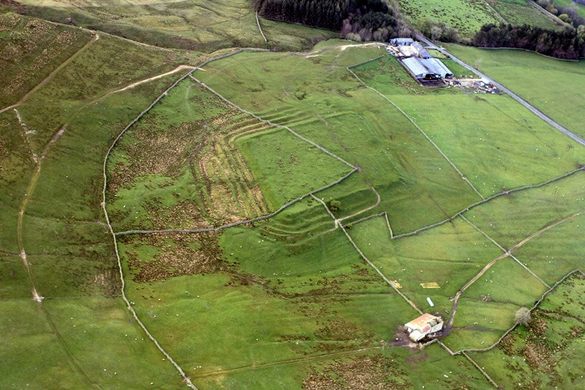
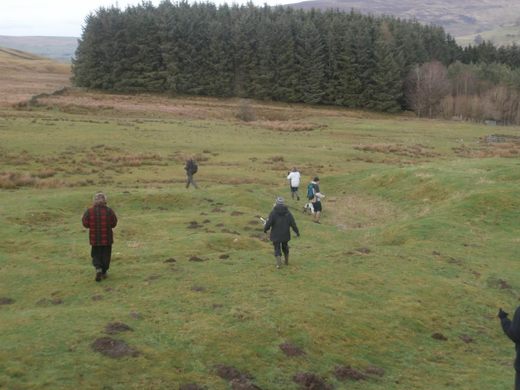


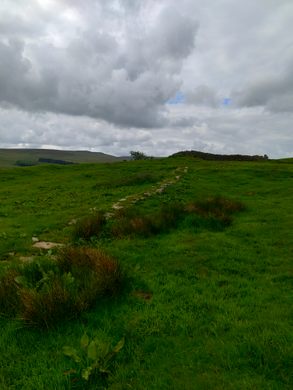














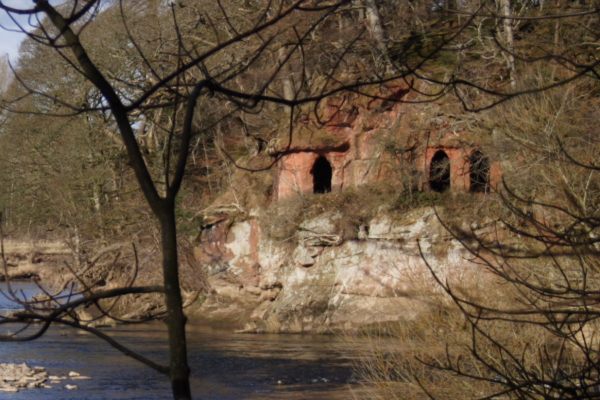

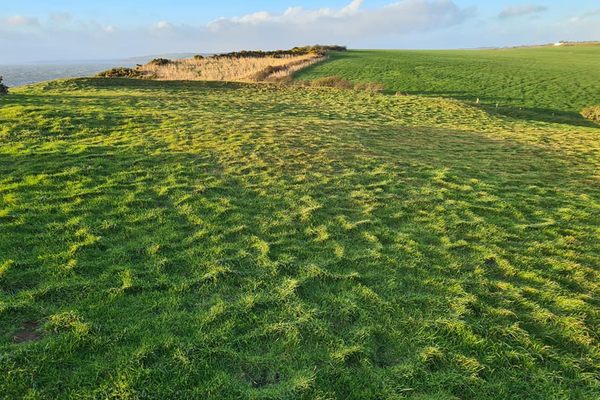
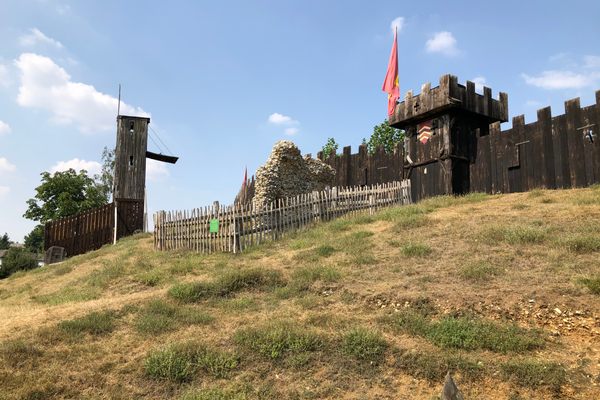
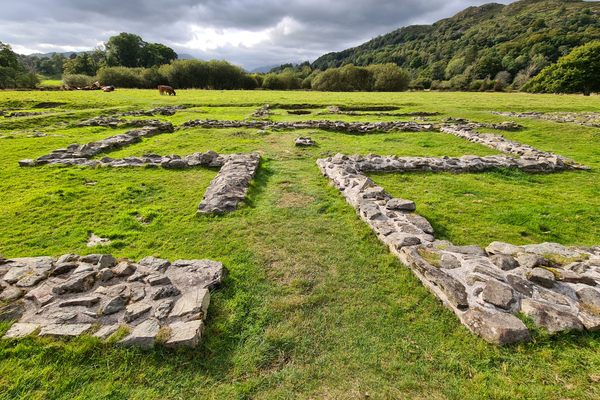


Follow us on Twitter to get the latest on the world's hidden wonders.
Like us on Facebook to get the latest on the world's hidden wonders.
Follow us on Twitter Like us on Facebook